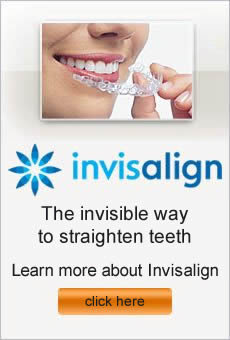Most orthodontists recommend that you take your child for their first visit around age seven. That may seem early since your child is still losing baby teeth, but many conditions can be identified by this age. Early treatment may be helpful in preventing worse problems later. Here are some things that an orthodontist will look for in your child, with the goal of making their smile as beautiful as possible in the end.
Tooth loss and eruption
Because teeth should usually be lost in a certain order, changes from this pattern may point to developmental issues. The same thing goes for tooth eruption, so your orthodontist will watch to make sure teeth are coming in appropriately. If there are more or less teeth than expected, your child may have issues with crowding, extra, or missing teeth. Your orthodontist might suggest removing a baby tooth early or holding an empty space where a tooth came out so that the rest of the teeth will fit correctly.
Alignment
Crooked teeth are more likely to wear unevenly, and the gums may also be damaged. Even though teeth can be aligned later, it’s often best to begin correction before teeth and gums are harmed. Also, your child’s self-esteem may benefit by having teeth that aren’t so noticeably misaligned.
Spacing and crowding
It’s possible by age seven to determine if your child’s teeth are excessively crowded or spaced. Gaps can result from early tooth loss, undeveloped teeth, or small teeth. Crowding may require tooth extraction or arch expansion to make room for all of your child’s teeth.
Bites
The severity of bite issues can be reduced by orthodontic treatment at an age as young as seven. Even though permanent correction might not be achieved until growth is complete, there are actions that can be taken while your child is still growing. This is true for all kinds of bite problems, including overbites, underbites, and crossbites.



